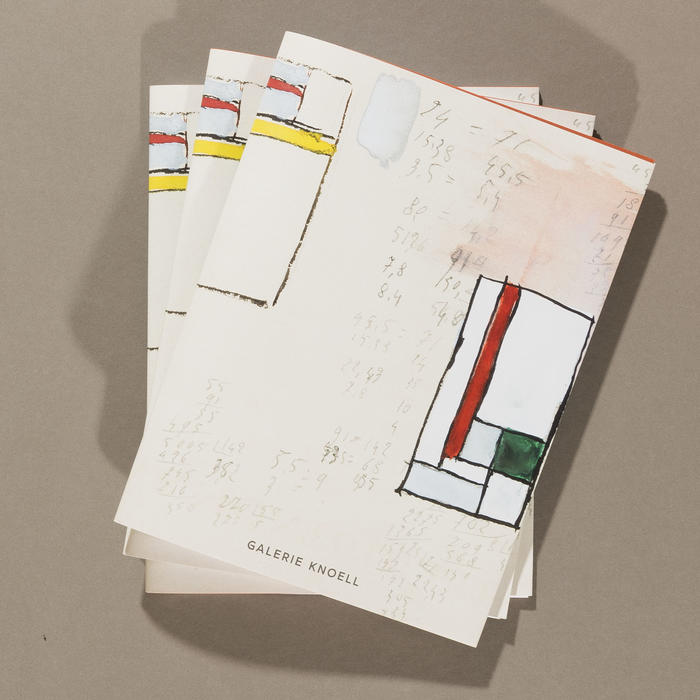Sophie Taeuber-Arp
1889 — 1943
Sophie Taeuber was born in 1889 as the fifth child of Carl Emil Taeuber and Sophie Krüsi in Davos. Her artistic talent is recognised and encouraged early on by her culturally open-minded environment. After attending the newly founded Stauffacher School and the Drawing School for Industry and Trade in St. Gallen, Taeuber moved to Germany, where she continued her training in Munich, Debschitz and Hamburg. The young artist not only acquires a comprehensive practical knowledge, but also has a broad knowledge of modern art, ancient and non-European cultures. This multi-layered, philosophical-cultural-historical background is the source of inspiration for her work as a painter, sculptor, textile designer, interior designer, educator, dancer, graphic artist and editor.
As a result of his encounter with Hans Arp, Taeuber began to get concerned with avant-garde literature and art, as well as the dada scene in Zurich. She also teaches textile design at the Kunstgewerbeschule Zürich. Before they fled together, Taeuber maintained intensive contacts with the Paris art scene; she is a member of the Abstraction-Création group, but also of the Swiss artist group Allianz, and co-founder and editor of the magazine Plastique/Plastic, which is published in Paris and New York. Shortly before the occupation of Paris, Sophie Taeuber and Hans Arp decide to flee together, which initially leads them via Nérac and Veyrier to Zurich. Three years later, Taeuber tragically suffers a fatal carbon monoxide glide in the house of Binia and Max Bill - caused by the incorrect handling of an oven.
Sophie Taeuber leaves behind a versatile work that deals with a wide variety of topics and repeatedly alternates between constructive and biomorphic language. Aspects such as the expression of colours and pure forms, regularity and deviation, balance and imbalance play a decisive role in Taeuber's works. Especially in the medium of drawing, the artist negotiates into the mutually organic and constructive order and dissolution of the line and the composition varying from it.
Taeber-Arp is represented with her works in the Aargauer Kunsthaus, the Kunstmuseum Basel, the Kunstmuseum Bern, the Clamart Fondation Arp in Locarno, the Fondazione Marguerite Arp-Hagenbach Paris, the Musée nationale d'art moderne, Centre Pompidou and many other public and private collections.
 Composition circulaire en noir sur fond blanc, 1942
Composition circulaire en noir sur fond blanc, 1942  Mouvements de lignes, 1940
Mouvements de lignes, 1940  Formes coïncidentes, lignes et plans, 1942
Formes coïncidentes, lignes et plans, 1942 
